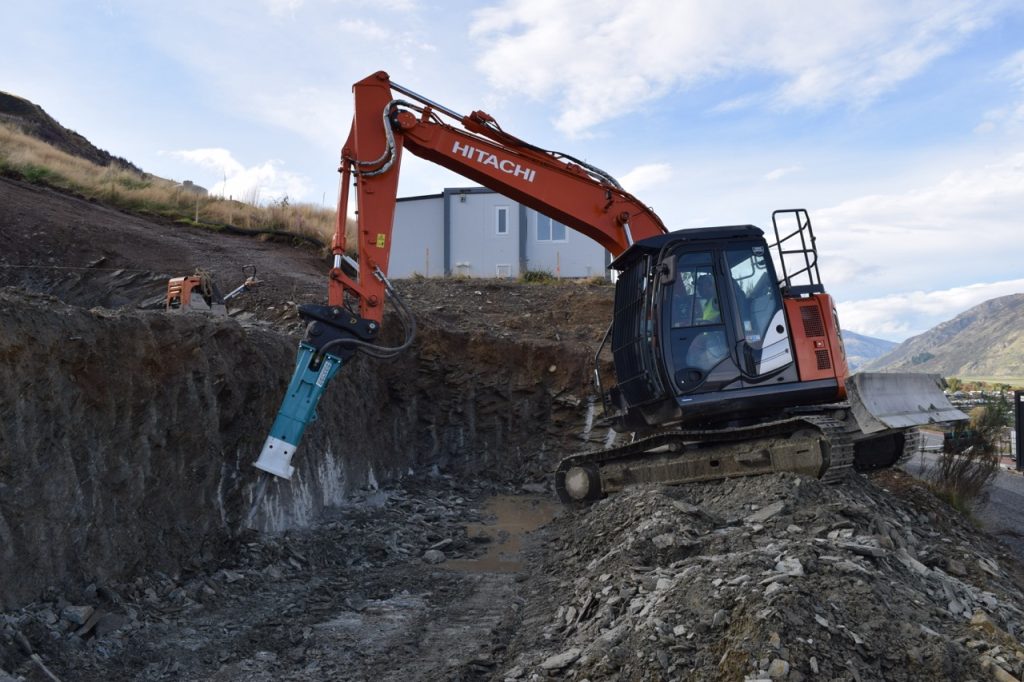Your cart is currently empty!
Maintain, retain, stay on top of the terrain: Looking after your rock breaker
5 common sense tips for rock breaker care
We know your attachments can be a considerable investment – and a rock breaker is one of the hardest-working tools around. But even the best breaker can wear out fast if it’s not stored and maintained properly.
Knowing how to care for your rock breaker can make all the difference. With a few simple habits, you can protect your breaker, avoid costly repairs, and make sure it’s ready to perform whenever you are. Here are five simple ways to make sure your rock breaker can deliver year after year of reliable performance.

1. Keep an eye on things
A quick visual check goes a long way. Before and after use, look for cracks, leaks, or worn seals, and check your hydraulic hoses for any signs of abrasion or damage. Regular inspections mean you’ll spot any small issues before they turn into big (and expensive) ones.
2. Always store it correctly
The golden rule for rock breaker storage? Keep it upright. When a breaker is laid on its side, moisture can pool inside the housing, causing rust on the piston and seal damage next time you fire it up. Storing it upright prevents water pooling and keeps everything in its natural position.
If it’s stored outdoors, upright storage is even more important. Cover it securely to shield it from the weather, and you’ll prevent wear and tear before it starts.
3. Clean, grease, and protect your hoses
Before you put your breaker away, give it a bit of TLC.
Wash off dust and debris – rock dust traps moisture and speeds up corrosion.
Grease the bushings while still attached to the machine. Put weight on the moil and grease up the lower bushings. Use a specially designed rock breaker grease such as the DEMCO Meisselpaste which maintains lubrication up to 1100°c. Cap your hydraulic hoses to keep dirt and water out. Even a bit of debris inside can damage the piston or accelerate wear.
These simple maintenance steps will pay off in terms of longevity and performance.
4. Store indoors (if you can)
If you have the space, store your breaker upright in a dry, well-ventilated shed. No shed? No problem – make sure it’s upright, with the chisel pointing down to stop water from running up inside. Add a sturdy cover, and you’ll still provide it with solid protection from the elements.
5. Stick to regular servicing
Even the toughest attachments need attention. Routine servicing helps pick up early signs of wear, ensures seals are tight, and keeps performance sharp. A quick service now can save you costly downtime, repairs or replacement later. Remember all rock breakers run a nitrogen charge, and some require charging more often than others. If performance seems to be down or it isn’t operating correctly start with a check of nitrogen gas pressure.
Looking after your rock breaker isn’t complicated. Stand it up, keep it clean, and protect it from the weather. Follow these simple steps, and you’ll extend the life of your attachment, reduce downtime, and get the best value from your investment.
Time to book a rock breaker service?
